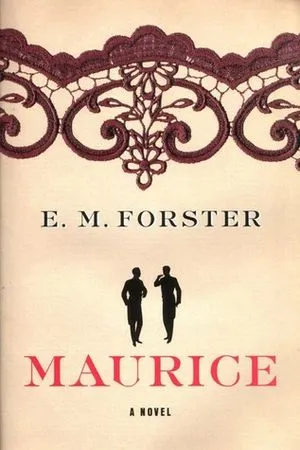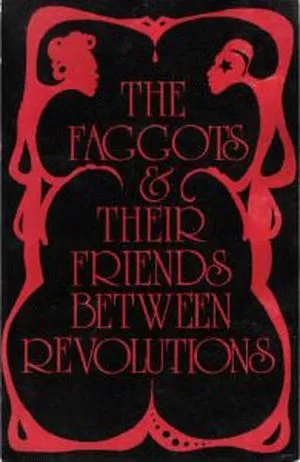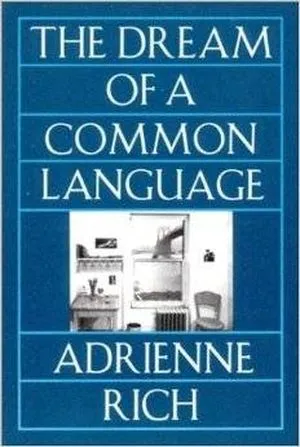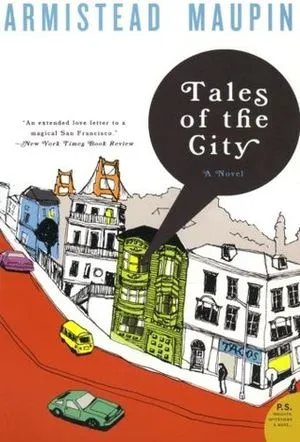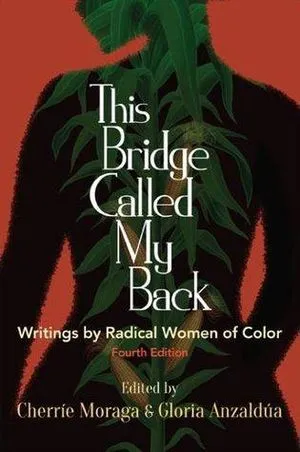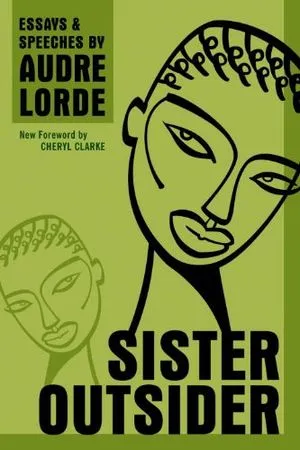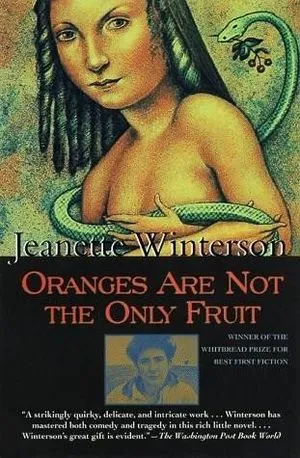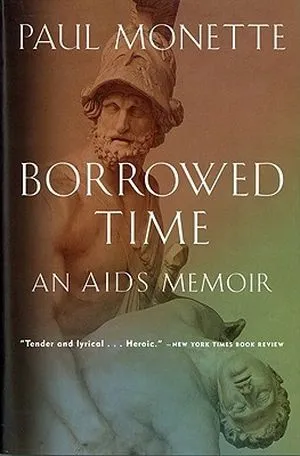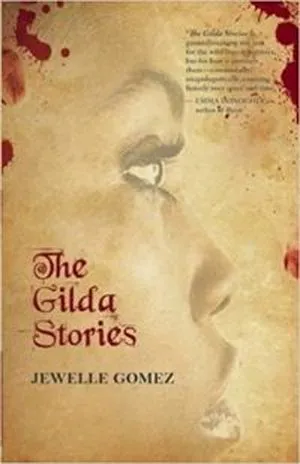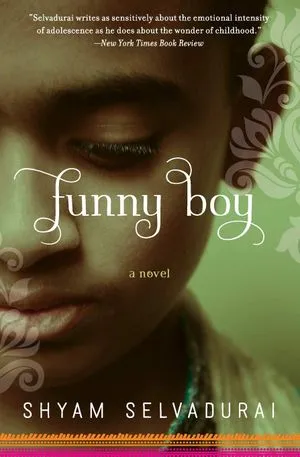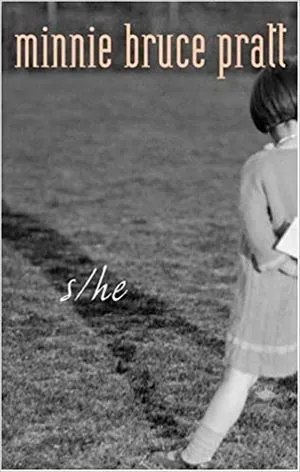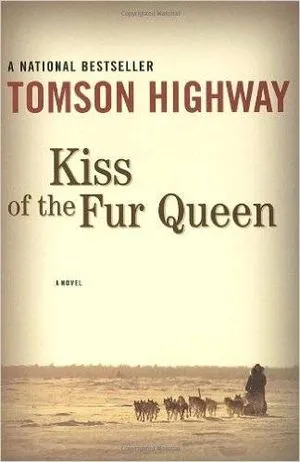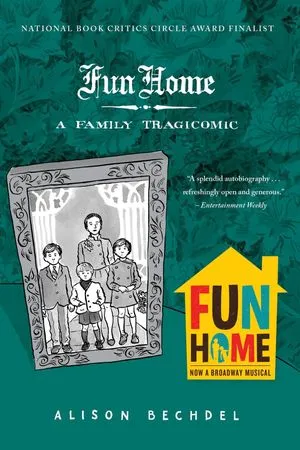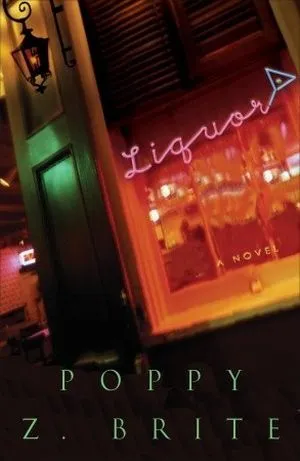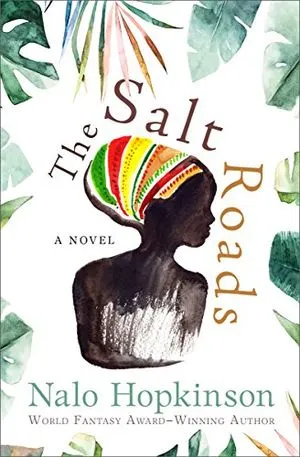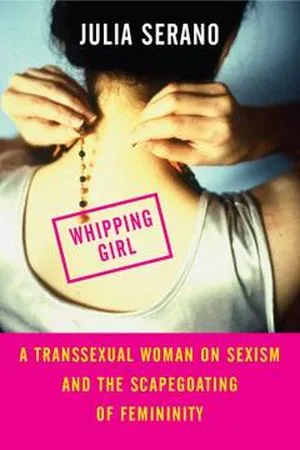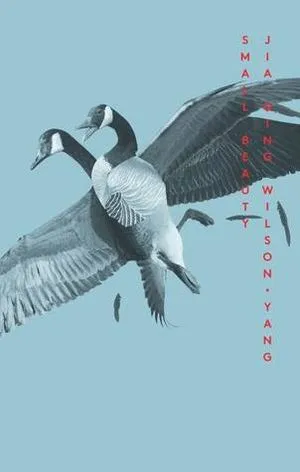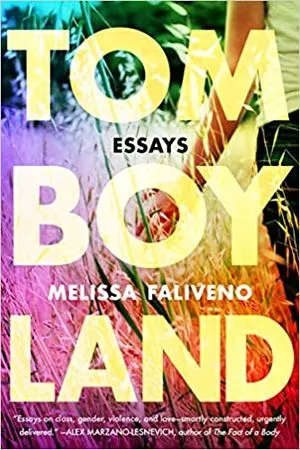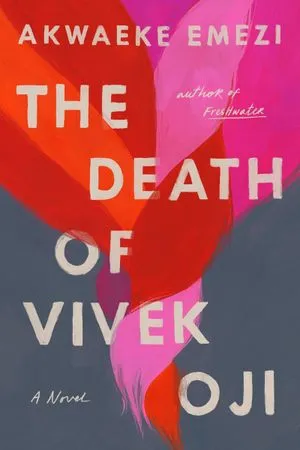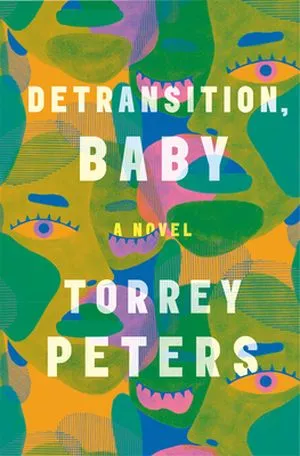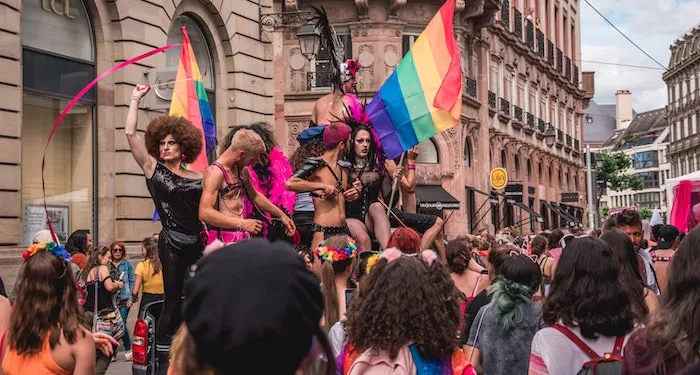
50+ Years of Pride: The Best Queer Books From Every Decade 1970–2020
This year marks the 51st official Pride celebration. The first Pride March took place in New York City in June 1970, to commentate the one-year anniversary of the Stonewall Riots. A lot has changed since 1970, including queer literature. There are a lot more queer books being published now, and they’re more readily accessible to more people. It’s a wonderful thing. But just like queer people, queer books have always been here.
It is so easy to look back at the history of queer literature and see only what was lacking. It’s easy to imagine myself as a teenager in the 1970s instead of the 2000s, wandering the aisles of my local bookshop, searching for books about queer women that didn’t yet exist. Maybe you were that teenager.
What’s harder — or, at least, what we’re less inclined to do — is to look back at the past 50 years of queer books and see abundance. There is abundance in our past. Baldwin’s Giovanni’s Room came out in 1956. One of my favorite reads of this year so far, The Tree and the Vine by Dola de Jong, was published in 1954. Have you read Our Lady of the Flowers by Jean Genet (1943) or Nightwood by Djuna Barnes (1936)? I mention these books because the list below doesn’t start until 1970. Queer people have been telling our own stories since the beginning of stories. So let’s celebrate that, while also celebrating how much more queer lit exists today.
I have to admit that I struggled, putting this list together. I wanted it to reflect the astounding diversity of the past 50 years of queer lit. But that’s an impossible task; there are just too many books. What I ended up with is something organic and eclectic. I didn’t use a scientific method. This isn’t a list of the most popular queer books by decade, or the most influential. It’s a mix of classics and lesser-known titles. It includes books that were pivotal in some way, that shook up publishing, books that were firsts. It also includes books that are meaningful to me, personally. To simplify, I limited myself to books published in the U.S., UK, and Canada. I picked five books for each decade, a mix of fiction, nonfiction, sci-fi and fantasy, and poetry. There are books here by queer authors of many genders, races, and sexualities, but it’s not a representative of every queer identity: again, impossible.
For me, this list is a living history. These books remind me that it’s okay — even necessary — to hold onto some stories from the past, even as we charge into the future. Those stories can still teach and inspire us, move and delight us, challenge us to keep shouting and singing and reading and protesting — just like our queer forebears during that first Pride 50 years ago.
1970–1979
Maurice by E.M. Forster (Fiction, 1971)
Forster wrote Maurice in 1914, but requested that it not be published until after his death, so it didn’t come out until 1971. It chronicles the life of Maurice, a young British aristocrat who eventually finds love with a working-class man. It has a happy ending, which is rare enough in queer books from the 1970s, let alone books written in the first half of the 20th century. I include it here as a kind of proof. Queer stories that explore queer suffering without centering it are not a new phenomenon.
Rubyfruit Jungle by Rita Mae Brown (Fiction, 1973)
This coming-of-age story has become a lesbian classic. It’s the story of Molly Bolt: her childhood in Florida, her teenage relationships with women, and her eventual life in New York as a young woman, where she becomes a filmmaker and finds community with other lesbians. Molly is a no-nonsense character who knows what she wants and isn’t afraid to go after it. And while the novel is grim at times, it doesn’t end in heartbreak and despair.
The Faggots & Their Friends Between Revolutions by Larry Mitchell (Fiction, 1977)
Queer literature has always been subversive, boundary-breaking, uncontainable. This utopian fantasy is an example of that tradition. It’s genre-defying, reading by turns like a fairytale, a novel, a manifesto. Set in Ramrod, a dying empire, it follows the various communities that queer people have built in order to live and love as they chose in a patriarchal, heteronormative world. It’s an anti-capitalist, anti-assimilationist love note to queer magic, a weird, irreverent story about the possibilities of communal liberation. It went out of print after Mitchell self-published it in 1977, but has since been reprinted twice, in 2016 and 2019.
The Dream of A Common Language by Adrienne Rich (Poetry, 1978)
I remember reading these poems as a teenager and feeling like Rich was speaking directly to me. In the sequence “Twenty-One Love Poems”, she writes explicitly about loving women. But she also writes about sisterhood, queer friendships, and her own relationship with her own identity. In “Toward the Solstice” she says: “I am trying to hold in one steady glance / all the parts of my life.” In my old dogeared copy, I inked a big star beside those lines. Her poems moved me when I was a baby queer looking for myself in poems, and they still move me today. She’s one of the most celebrated lesbian poets of the 20th century, and for good reason.
Tales of the City by Armistead Maupin (Fiction, 1978)
Tales of the City, to me, reads like a gay soap. It’s campy and loud. The plot is overly dramatic, the characters sometimes overdrawn. I think this is why I loved it so much when I read it in my early 20s, and why it’s become something of a cult classic. It’s the first novel in a series of books about the adventures of the residents of 28 Barbary Lane in San Francisco, a group of mostly queer twentysomethings and their elderly trans landlady, Mrs. Madrigal. It’s a playful, mostly joyful series that doesn’t take itself too seriously. And while I don’t know how well it stands up to time (I haven’t reread it), I include it here because that spirit of playfulness is worth celebrating.
Further Reading: On Lit Hub, Sandra Gail Lambert rounded up 10 Great Reads From the Feminist Lesbian Sci-Fi Boom of the 1970s.
1980–1989
This Bridge Called My Back Edited by Cherríe L. Moraga and Gloria Anzaldúa (Essays, 1981)
No list of queer books from the 1980s would be complete without this groundbreaking collection of intersectional writing on feminism by women of color. It contains personal essays, poetry, interviews, speeches, visual art, criticism, and more. So much of today’s social justice work and so much contemporary writing about feminism and queerness stems from this collection.
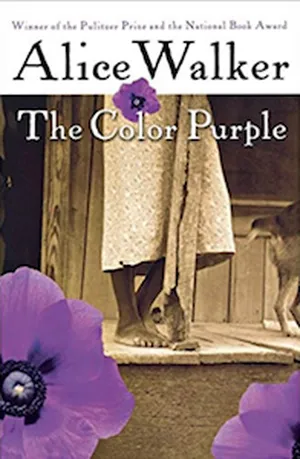
The Color Purple by Alice Walker (Fiction, 1982)
This brilliant classic won the Pulitzer Prize in 1983. So while queer lit has come a long way, and still has a long way to go, here is proof that queer stories with happy endings have always existed. Set in rural Georgia, it’s a harrowing story about sisterhood, healing after sexual trauma and abuse, poverty and racism, and most poignantly, self-discovery. Celie finds her own voice in the letters she writes to God and her sister. She also finds love. While a painful read at times, the joy that exists this book still takes my breath away.
Sister Outsider by Audre Lorde (Essays, 1984)
It was painful to include only one book by Audre Lorde on this list. Sister Outsider is a feminist classic. Writing from a distinctly Black lesbian perspective, Lorde explores the intersections of race, class, and sexuality, parenthood, toxic masculinity, and pitfalls of white feminism, anger and its uses, and so much more. These essays resonate just as powerfully today as they did in 1984.
Oranges Are Not the Only Fruit by Jeanette Winterson (Fiction, 1985)
There’s a long tradition of queer autobiographical novels, and this is certainly one of the most well-known. It’s the story of Jeanette, a teenager who grows up in a religious community, falls in love with a woman, and decides to leave her family and the church to pursue her own life. Winterson uses a first person POV, but she also weaves fairytales and legends into the story, which makes for a book that’s both intimate and experimental.
Borrowed Time: An AIDS Memoir by Paul Monette (Memoir, 1988)
I read this book in high school — it was one of the few queer books I could find at my local bookstore. It’s a heartbreaking and tender memoir about Monette’s partner’s death from AIDS, their relationship, and their life in the 1980s during the early years of the AIDS crisis. It’s a vital piece of queer history, and a moving, beautifully written memoir in its own right.
Further Reading: The 1980s saw an explosion of science fiction and fantasy featuring queer characters.
1990–1999
The Gilda Stories by Jewelle L. Gómez (Historical Fantasy, 1991)
Jewelle Gómez has written poetry, essays, short stories, and, of course, this historical lesbian vampire epic, which won two Lammys (fiction and science fiction). Gilda escapes from slavery in the 1850s and sets out on an odyssey in search of love and belonging. She finds unexpected kinship with a family of vampires. It’s a dark story about the horrors Gilda encounters, but it’s also about found family, written long before “found family” became a theme you could search for on the internet.
Funny Boy by Shyam Selvadurai (Fiction, 1994)
This coming of age novel is set in Sri Lanka in the 1980s, against the backdrop of political upheaval and civil war. Selvadurai explores the effects of the violence on one family, through the eyes of Arjie, a teenager discovering his sexuality. Queer stories (both translated and written in English) set all over the world are becoming more and more common, but Funny Boy remains a brilliant example of a non-U.S. set book that blends the personal and the political — and was written over 25 years ago.
S/He by Minnie Bruce Pratt (Memoir, 1995)
Minnie Bruce Pratt was the partner of legendary trans activist and writer Leslie Feinberg. In this memoir, she recounts her southern childhood, young adulthood, marriage, coming out, and partnership with Feinberg. It’s a fairly short memoir, but a stunning one, full of raw honesty. Pratt is a poet, and it shows in her graceful prose.
Kiss of the Fur Queen by Tomson Highway (Fiction, 1998)
This novel is not an easy read. Champion and Ooneemeetoo are Cree brothers taken from their home and sent to a Catholic residential school, where they’re forbidden to speak their own language or use their true names. The novel follows the brothers into their young adulthood, where those traumas linger. It’s a bleak look at the legacy of Canadian colonialism, but it’s also about becoming an artist, claiming identity, and finding love.
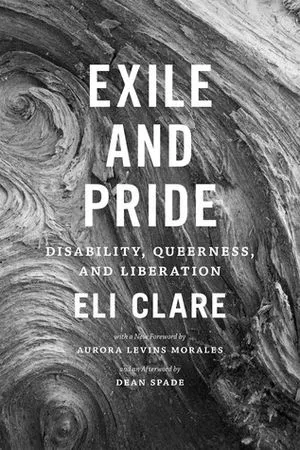
Exile and Pride by Eli Clare (Nonfiction, 1999)
Though I first heard about it in the early 2000s, I did not read this book until 2018. If you haven’t read it yet, I can only urge you not to wait as long as I did. This book changed the way I think about disability, queerness, geography, home, history, gender. Clare writes about his childhood in rural Oregon, about coming of age as a queer disabled person, about his shifting understanding of his own gender. It’s a deeply personal book, but it’s not strictly a memoir. It’s also about queer and disabled history, disability justice, the intersections of race, gender, ability and class, the natural world, and so much more.
Further Reading: Rioter Rachel Rosenberg wrote about some of the lesbian books she remembers from the 1990s. You might also want to check out these ’90s lesbian book covers.
2000–2009
Fun Home by Alison Bechdel (Graphic Memoir, 2006)
Alison Bechdel’s haunting memoir about her relationship with her closeted father is now so deeply enmeshed in the queer canon that it’s hard to believe it was only published 15 years ago. So many incredible queer graphic memoirs have come out over those 15 years, but I’ll always think of Fun Home as my first. It’s the book that made me fall in love with this kind of storytelling, and I know I’m not the only reader who feels that way about it.
Liquor by Billy Martin (Fiction, 2004)
Billy Martin (who writes as Poppy Z. Brite) is relatively well known for his horror novels, but this series hasn’t gotten as much attention. It’s about gay couple Ricky and G-man, two New Orleans chefs who decide to open their own restaurant. Liquor chronicles all the ups and downs of their lives as restauranteurs. The whole series is a satisfying blend of mystery and romance, and a love letter to New Orleans. It’s rare to find queer fiction like this from the early 2000s — there is almost no queer suffering or homophobia, and Ricky and G-man’s relationship is steadfast and loving, with only a few angsty scenes. It’s a book I return to all the time when I need something light, familiar, and joyful.
The Salt Roads by Nalo Hopkinson (Fantasy, 2004)
Nalo Hopkinson has written a whole lot of innovative queer science fiction and fantasy. This novel is hard to classify, genre-wise. It’s the story of three women in different times and places: an enslaved healer living on a Caribbean plantain, a dancer in 19th century Paris, and a sex worker living in ancient Alexandria. They’re all connected via Ezili, a goddess who inhabits all of them. It’s a sprawling, non-linear book full of magic, religion and spirituality, history, and many kinds of queer lives and loves.
Whipping Girl by Julia Serano (Nonfiction, 2007)
It sometimes feels like the language we use to talk about gender and sexuality changes so fast that books become outdated in a matter of years. But this book by transgender writer, activist, and biologist Julia Serano is absolutely worth reading. It’s a series of deftly written observations about how the fear of femininity shapes society and leads to transphobia, transmisogyny and sexism. She weaves stories from her life into the book, while also delving into history, sociology, science, and cultural expectations about gender and sexuality.
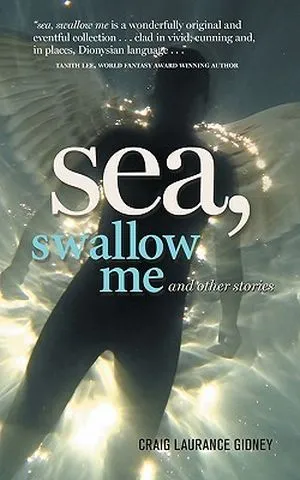
Sea, Swallow Me by Craig Laurance Gidney (Speculative Short Stories, 2008)
In this collection of eerie and gorgeous short stories, Gidney weaves together magic, reality, folklore, and history. Most of the protagonists are gay and Black, though the stories range across place and time. A tourist encounters an African sea god; a monk in Medieval Japan reckons with an evil fairy; a teenage boy obsesses over Lena Horne. By turns whimsical, unsettling, lush, and heartbreaking, this imaginative collection is a hidden gem from the early 2000s.
Further Reading: Honestly, there are so many queer books from this decade! You’ll find quite a few perusing our LGBTQ+ archives.
2010–2019
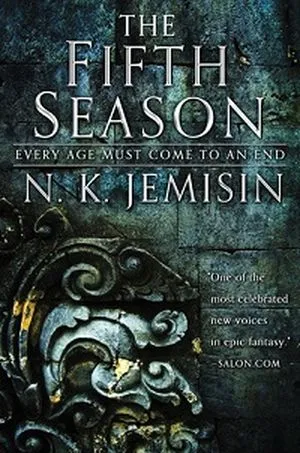
The Fifth Season by N.K. Jemisin (Fantasy, 2015)
I will never forget the day I finished The Fifth Season for the first time. I’ve always been a fantasy reader, but this novel changed the way I think about fantasy. Structurally, thematically, and creatively, it’s in a class all by itself. It’s also very queer in a very particular way. It features queer and trans characters, yes, but it’s also a book about queer families, queer relationships, a queer way of existing in the world.
Small Beauty by jia qing wilson-yang (Fiction, 2016)
I’ve been including this book in every round-up I can recently, because it’s that good, and it seems to have mostly flown under the radar. It’s a beautiful, quiet, meditative story about a Chinese Canadian trans woman, Mei, who inherits a house in her hometown from her beloved cousin after his death. She spends the next year living there, grieving, visiting with people from her past, and rediscovering her own and her family’s history.
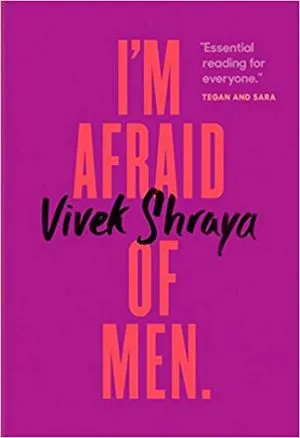
I’m Afraid of Men by Vivek Shraya (Nonfiction, 2018)
This book-length essay is a quick but deeply engaging read. Shraya uses the second person to address men she’s encountered, in various violence and harmful situations, throughout her life. She weaves these experiences into a complicated and rigorous exploration of transmisogyny, and the intersections of gender, race, sexuality, power, fear. Shraya examines many of the same themes that Serano touches on in Whipping Girl, though from a more intersectional perspective. Both are must-reads. Queer lives are infinite, and one story, one narrative, one perspective is never enough.
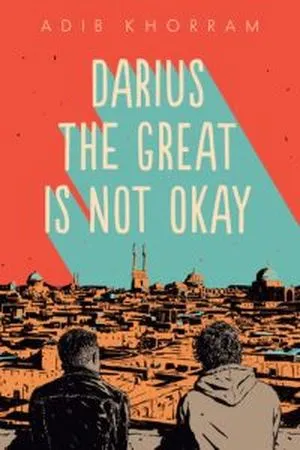
Darius the Great is Not Okay by Adib Khorram (YA Fiction, 2018)
I’ve seen some debate in the bookish world over whether or not this a queer book. It is. The main character, Darius, doesn’t use the word, but it’s obvious that he knows he’s gay and he’s simply not ready to talk about it. I’m including it here because it’s a brilliant YA novel about mental health and friendship, but also as a reminder that a book doesn’t have to explicitly state its queerness in order to be a queer book. The way Khorram handles Darius’s sexuality feels so true to how it actually feels to be a teenager. And there’s a delightful sequel, Darius the Great Deserves Better, where he comes out!
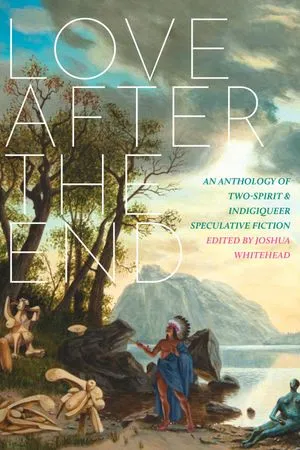
Love After the End Edited by Joshua Whitehead (Speculative Short Stories, 2019)
This collection of speculative fiction by two-spirit and queer Indigenous writers is full of whimsy, hope, queer love, destruction, and resistance. Many of the stories are set in dystopian futures, but they feature queer and Indigenous communities that are not only surviving, but thriving. The range of characters, settings, and ideas represented is impressive. It’s a mind-and-heart-opening book about people creating new ways of being, seeing, and telling stories.
Further Reading: Check out this list of 80 of the best queer, lesbian and bisexual books of the decade from Autostraddle.
3 Must-Read Queer Books From 2020
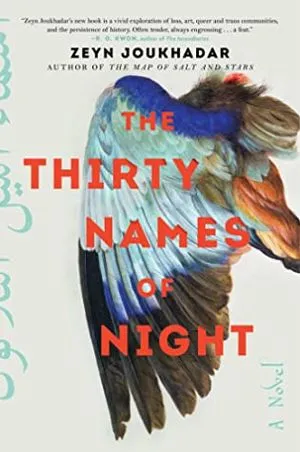
The Thirty Names of Night by Zeyn Joukhadar (Fiction)
This intergenerational family saga is about hidden queer and trans histories, immigrant communities, grief, and the power of queer lineage. Told in dual timelines, it follows a Syrian American trans man in contemporary New York and a Syrian bird artist who immigrated to the States in the first half of the 20th century. Joukhadar weaves these two stories together with breathtaking prose and just a little bit of magic.
Tomboyland by Melissa Faliveno (Essays)
This collection of essays upends narrow and conventional ideas about what queer lives should look like. Faliveno writes about gender identity and bi erasure, queer family making and kinky sex, the intersections of sexuality and geography, and so much more. It’s such a bighearted book. By writing honestly about her own experiences, Faliveno makes room for so many other kinds of queer stories.
The Death of Vivek Oji by Akwaeke Emezi (Fiction)
Every book Akwaeke Emezi writes seems to reinvent fiction in some way. They’re not interested in making nice stories that fit neatly into expected boxes. They’re interested in telling truths about messy, complicated characters whose identities exists outside of Western ideas about queerness and transnness. This novel begins with the death of Vivek and proceeds to tell the story of his life. It’s told in a chorus of voices: his mother, his cousin, his good friends. It’s a masterpiece of contemporary queer fiction.
Further Reading: I mean, where do I even start? You could spend the next two years reading through these three lists of the best queer books from 2020.
My 3 Favorite Queer Books of 2021 (So Far)
Detransition, Baby by Torrey Peters (Fiction)
This brilliant novel has gotten a lot of attention, and rightly so. It’s about three women — two trans and one cis — navigating partnership, parenting, desire, womanhood, and the possibility of creating a non-traditional family. Peters takes all the messy, painful, hilarious, and complicated realities of queer and trans life and puts them, honestly and beautifully, onto the page.
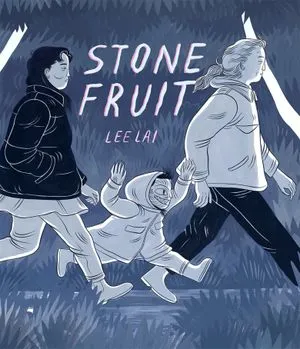
Stone Fruit by Lee Lai (Graphic Fiction)
Bron and Ray are a queer couple in their 20s; the time they spend with their niece, Nessie, is at the center of their world and relationship. But the magic of being aunts masks the cracks in their relationship, and when those cracks begin to grow, they’re both forced to face their lives outside of each other. It’s a quietly powerful novel about queer and biological families. The art is breathtaking. I’ve read it twice this year already because it’s that good.
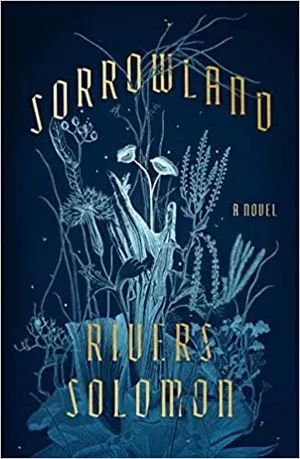
Sorrowland by Rivers Solomon (Speculative Fiction)
Every time Rivers Solomon writes a new book, I know it’ll be amazing, and I know it’ll surprise me. Their imagination is seemingly endless. This haunting, harrowing novel is about Vern, a Black teenager who runs away from the religious compound where she was raised, gives birth to twins, and eventually confronts the monsters she encounters in the wider world. It’s a dark book about the legacies of American racism and racial violence. It’s also full of queer joy.
The Future of Queer Lit
Queer lit has a long, rich history. I am immeasurably grateful for the queer writers of the past, who were often writing at a time when publishing queer books was not as easy as it is today (though it’s certainly not always easy today, especially for queer authors with other marginalized identities). I will keep on reading queer books from decades past for as long as I live. Those queer writers made the gorgeousness of today’s queer lit possible. And friends, it is truly gorgeous.
2021 marks the beginning of a new decade, and queer lit is careening into the future with bells on and rainbow flags flying. I recently made a list of 20 must-read queer books coming out in June, and I didn’t even include every queer book publishing this month. And that’s only June. There are so many more coming out throughout the rest of the year. And that’s only 2021. I can’t wait to see what the rest of the decade brings.



